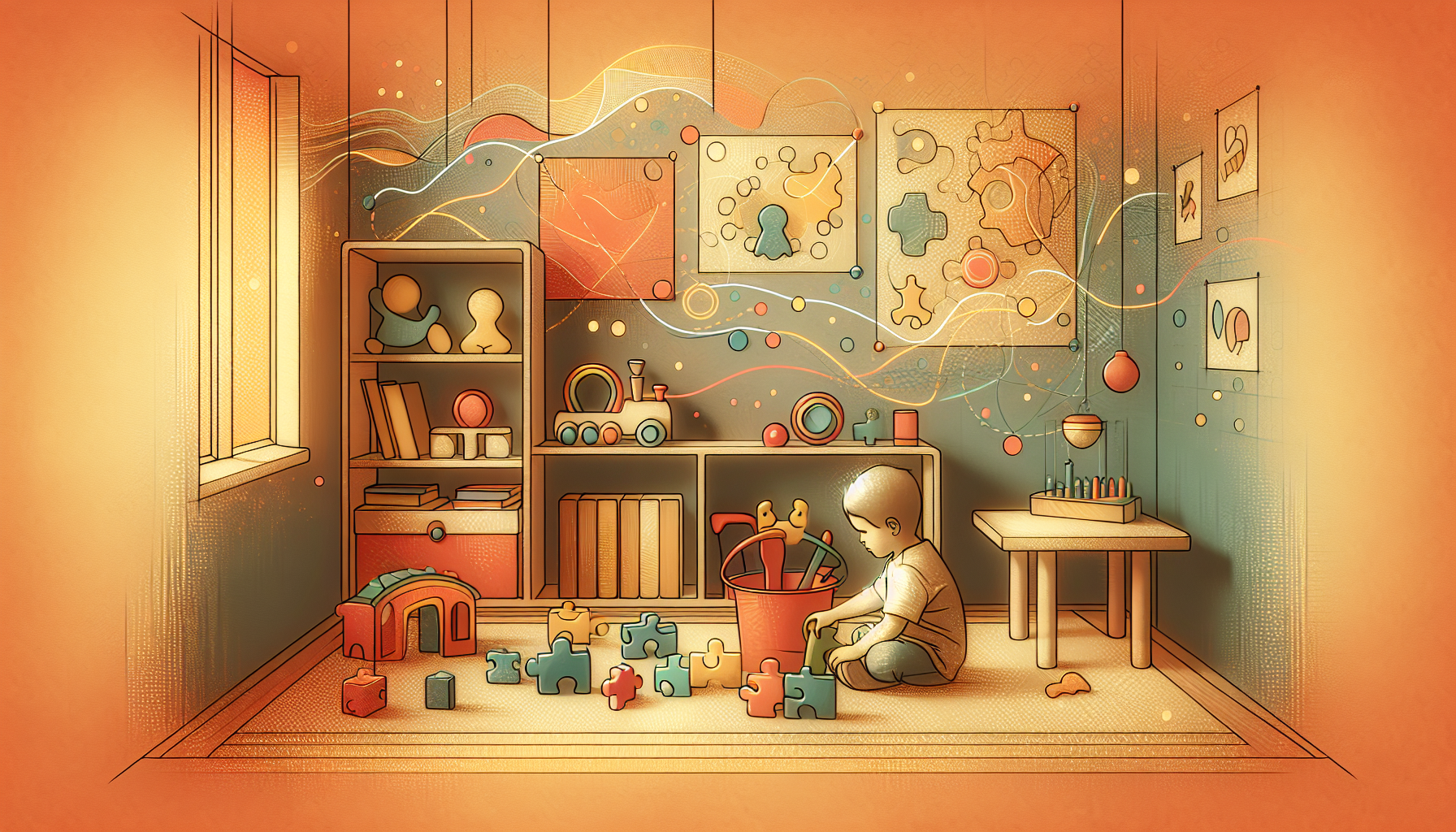“`html
Encouraging Child Creativity Through Play
Introduction
Creativity is one of the most important skills a child can develop, and play is a powerful way to foster that creativity. Encouraging child creativity through play not only helps kids explore their imagination but also supports cognitive, emotional, and social development. For parents, understanding the role of play and creativity in their child’s life can open up new ways to connect and communicate with their little ones.
In this article, we’ll explore why nurturing creativity is vital, the psychological principles behind it, and practical tips for parents to encourage creativity in their children. By the end, you’ll have actionable strategies to make playtime both fun and meaningful.
The Importance of Creativity in Childhood
Creativity is more than just drawing pictures or building with blocks—it’s a fundamental skill that shapes problem-solving, critical thinking, and emotional resilience. Research shows that children who engage in creative play develop better coping mechanisms and are more likely to excel in school and life.
According to child development experts, creativity is closely tied to a child’s psychological needs, including the need for autonomy, self-expression, and a sense of safety. Play provides a safe space for children to explore their thoughts, feelings, and the world around them, making it essential for their healthy development.
How Play Enhances Creativity
1. Encouraging Imagination
Play allows children to step into imaginary worlds, whether they’re pretending to be astronauts or building castles out of sand. This open-ended exploration strengthens their ability to think creatively and approach problems from new angles.
2. Building Problem-Solving Skills
Through play, children learn to solve challenges, whether it’s figuring out how to keep a block tower from falling or negotiating roles in a group game. These experiences teach them how to think critically and adapt to changing circumstances.
3. Promoting Emotional Expression
Play often acts as an emotional outlet for kids, allowing them to process feelings they might not yet have the words to express. For example, role-playing scenarios can help a child work through fears or anxieties in a way that feels safe and manageable.
4. Supporting Social Development
Group play encourages collaboration, communication, and empathy. When children play together, they learn to listen, compromise, and share—essential skills that contribute to their overall social and emotional intelligence.
Psychological Principles Behind Play and Creativity
From a psychological perspective, play meets several core needs identified in cognitive-behavioral therapy (CBT) and other developmental frameworks. Let’s break down a few:
- Safety: Play provides a secure environment where children can experiment without fear of failure or judgment.
- Autonomy: When kids engage in self-directed play, they feel a sense of control over their actions and decisions.
- Self-expression: Creative play allows children to communicate their thoughts and feelings in non-verbal ways, such as through art or storytelling.
- Connection: Collaborative play fosters a sense of belonging and strengthens relationships with peers and caregivers.
Practical Tips for Encouraging Creativity Through Play
1. Provide Open-Ended Toys
Choose toys that encourage imagination and creativity, such as building blocks, art supplies, or dress-up clothes. Avoid toys that come with too many rules or pre-set outcomes, as these can limit creative exploration.
2. Create a Safe and Stimulating Environment
Set up a play area where your child feels free to explore and create. This could be a corner of the living room with art materials, books, and puzzles, or an outdoor space for physical and imaginative play.
3. Limit Screen Time
While technology can offer some educational benefits, excessive screen time can stifle creativity. Encourage your child to engage in hands-on activities instead, such as painting, building, or playing pretend.
4. Encourage Independent Play
While it’s important to play with your child, giving them time to play independently allows them to take ownership of their creativity. Let them guide their own activities and experiment without unnecessary intervention.
5. Join in the Fun
When you do participate in your child’s play, follow their lead. Ask open-ended questions like, “What are you building?” or “Who lives in the castle?” to encourage deeper thinking and storytelling.
Conclusion
Encouraging child creativity through play is one of the most rewarding things you can do as a parent. By fostering imagination, problem-solving skills, and emotional expression, you’re setting your child up for a lifetime of success and resilience. Remember, the best way to support your child’s creativity is to provide them with the tools, time, and freedom they need to explore.
Start small—set up a creative play area, introduce open-ended toys, and embrace the joy of play together. The benefits of encouraging creativity through play will not only help your child grow but will also strengthen your bond as a family.
“`

